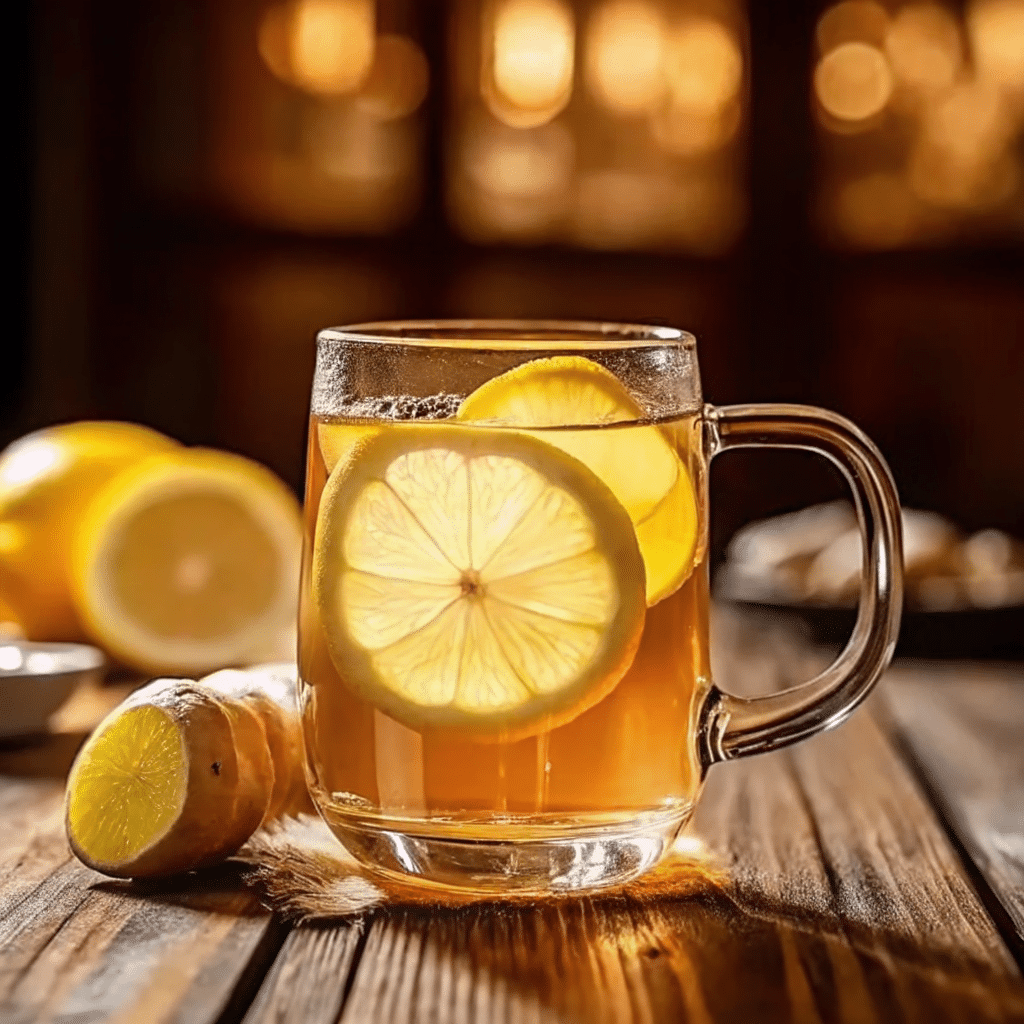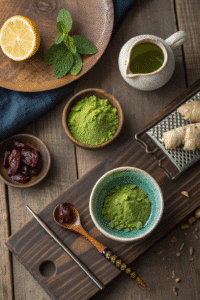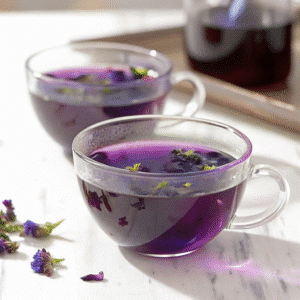I used to feel drained every afternoon. Coffee made me jittery. Energy drinks made me crash. Then I found the Japanese Mounjaro recipe, and it changed how I fuel my day. Now, I start my morning with this clean, refreshing drink, and my kids even ask for a cooled-down version on weekends. It takes just a few minutes to make, and the benefits last all day. If you want steady energy, better digestion, and a natural wellness routine, this tea delivers. In this guide, I’ll show you how I make it, when I drink it, and why it works better than anything else I’ve tried.
Table of Contents
PART 1: What is Japanese Mounjaro? Origins and Purpose
What does Japanese Mounjaro mean?
When I first heard “Japanese Mounjaro,” I assumed it was another diet trend. I couldn’t have been more wrong. Japanese Mounjaro is a traditional detox tea made with real food—not powders, not pills. The blend of matcha, kombu, umeboshi plum, and ginger creates a clean drink that supports your body in every way.
In Japan, people have used these ingredients for centuries. They don’t just drink it during cold season or after a heavy meal. They make it part of daily life. I liked that idea, so I tried it myself. The results surprised me. Within a week, I noticed less bloating, more energy, and clearer focus by midmorning.
The name doesn’t come from medicine or marketing. It reflects a mindset. When I prepare this tea, I feel like I’m doing something good for my body—and I know what’s going into it. That’s powerful.

How it supports energy, digestion, and wellness
I drink Japanese Mounjaro around 8 a.m. while my kids eat breakfast. The matcha gives me a calm boost, not a jittery spike like coffee. My stomach feels light, and I stay focused for hours. Ginger soothes digestion, especially if I eat early. Kombu provides minerals my body actually uses, and the umeboshi plum helps keep everything in balance.
I tested it before workouts too. It fueled me without weighing me down. That clean energy pushed me through long yoga sessions, even on low-sleep days. And when my kids caught a cold, I sipped this twice a day. I didn’t get sick.
Here’s why this mix works:| Ingredient | What It Does |
|---|---|
| Matcha | Boosts focus and energy without crashing |
| Ginger | Eases digestion and cuts bloating fast |
| Umeboshi Plum | Restores gut balance and supports detox |
| Kombu (Kelp) | Delivers natural iodine and minerals |
This isn’t just a tea. It’s now part of my day, every day. On school mornings, I make mine hot and my kids take a small iced version in their thermos. They like the lemon twist. It keeps them regular and hydrated without extra sugar.
If you want real results from a simple habit, this drink makes it easy. No pills. No hype. Just clean ingredients that work.
PART 2: Ingredients in Japanese Mounjaro Recipe
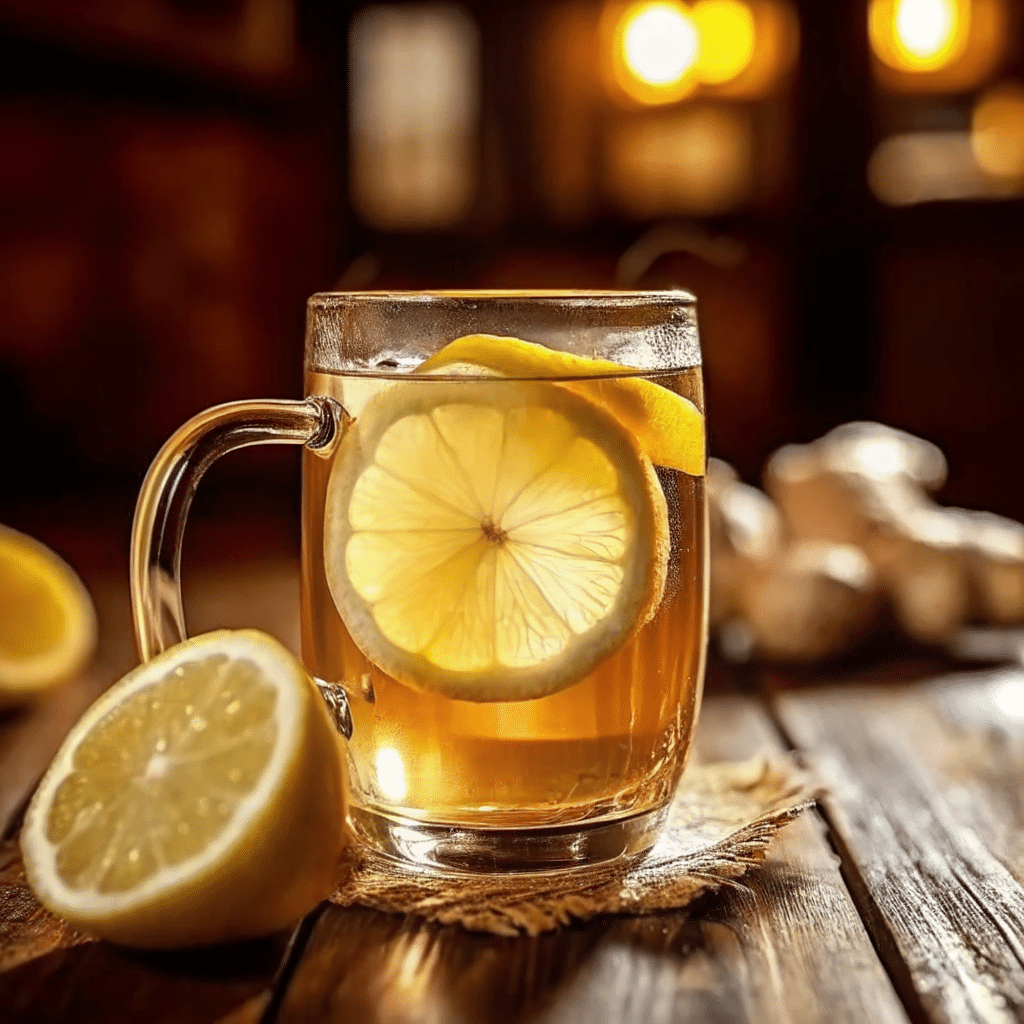
Japanese Mounjaro Detox Tea
Ingredients
Equipment
Method
- Heat 1 cup of water to around 170°F. Avoid boiling to preserve matcha quality.
- Steep a 2-inch strip of kombu in warm water for 5 minutes, then remove.
- Whisk matcha powder in a separate bowl until frothy using a bamboo whisk or frother.

- Mash umeboshi plum or add paste into the kombu tea. Stir in freshly grated ginger.
- Stir in the frothed matcha and optional honey or lemon juice. Mix well.
- Serve warm or pour over ice with mint leaves for a refreshing cold version.
Nutrition
Notes
Tried this recipe?
Let us know how it was!Core elements: Matcha, Ginger, Kombu, Umeboshi
When I started making Japanese Mounjaro at home, I kept it simple. I picked four ingredients that my Japanese friend swore by: matcha powder, fresh ginger, kombu, and umeboshi plum. You don’t need fancy supplements or rare herbs. These basic items pack everything your body needs to feel clean, focused, and full of energy.
Matcha gives the tea its bright green color and natural caffeine. I use ceremonial-grade matcha for a smooth taste. The energy it gives lasts longer than coffee and feels calmer too. I stay alert without crashing later. If you want a drink that fuels both body and brain, matcha does the job.
Ginger helps immediately. It warms the stomach and eases digestion. When I feel bloated or heavy, ginger resets everything fast. I grate it fresh to release the oils. Powdered ginger works too, but the taste isn’t as vibrant. My kids like a milder version, so I use a smaller slice in their cups.
Kombu, a dried seaweed, adds minerals and a mild salty finish. It supports thyroid function and metabolism thanks to its natural iodine. I usually steep a small strip in warm water for five minutes before mixing in the other ingredients. Kombu also boosts the umami flavor, which gives this tea depth you don’t expect.
Umeboshi plum, though small, transforms the whole drink. It tastes sour, salty, and a little fruity. I mash one whole plum or use umeboshi paste to control the flavor better. This fermented ingredient helps my gut stay balanced and detoxes the liver gently. My digestion feels smoother when I drink it regularly.
These four ingredients work best together. One gives energy. Another boosts digestion. One supports the immune system. Another supplies minerals. That’s the power of Japanese Mounjaro—it combines simple elements to support full-body wellness.
Optional boosts: Lemon, Yuzu, Honey, Mint
Once I got used to the core flavor, I started experimenting. Some days I want it sweeter. Other days I crave something citrusy. Adding natural upgrades keeps the drink exciting without ruining its benefits.
Lemon brightens the entire cup. I squeeze half a lemon in when I want a stronger detox effect. The vitamin C helps me absorb the matcha’s nutrients better, too. If you like strong citrus notes, lemon belongs in your mix.
Yuzu is a Japanese citrus fruit with a sharp, tangy taste. I only find it at specialty markets, but when I do, I zest the peel or add a splash of juice. Yuzu adds complexity and feels refreshing on warm afternoons.
Honey makes the tea smoother. I use raw honey in the evening version to mellow the tartness from the plum. If you’re giving this drink to kids or sipping it cold, honey makes it more pleasant without sacrificing the health benefits.
Mint works best in the iced version. I muddle a few leaves in the cup, and it cools the flavor while helping digestion. My youngest prefers this version when we make Japanese Mounjaro after lunch.
You don’t need extras, but adding one or two can help you love the drink even more. Japanese Mounjaro adapts to your routine, your palate, and your health goals. That’s what makes it so easy to keep in your life.
Pair your morning detox tea with this protein-packed cottage cheese bagel for a complete, satisfying breakfast that supports your energy goals.
PART 3: Health Benefits of Japanese Mounjaro
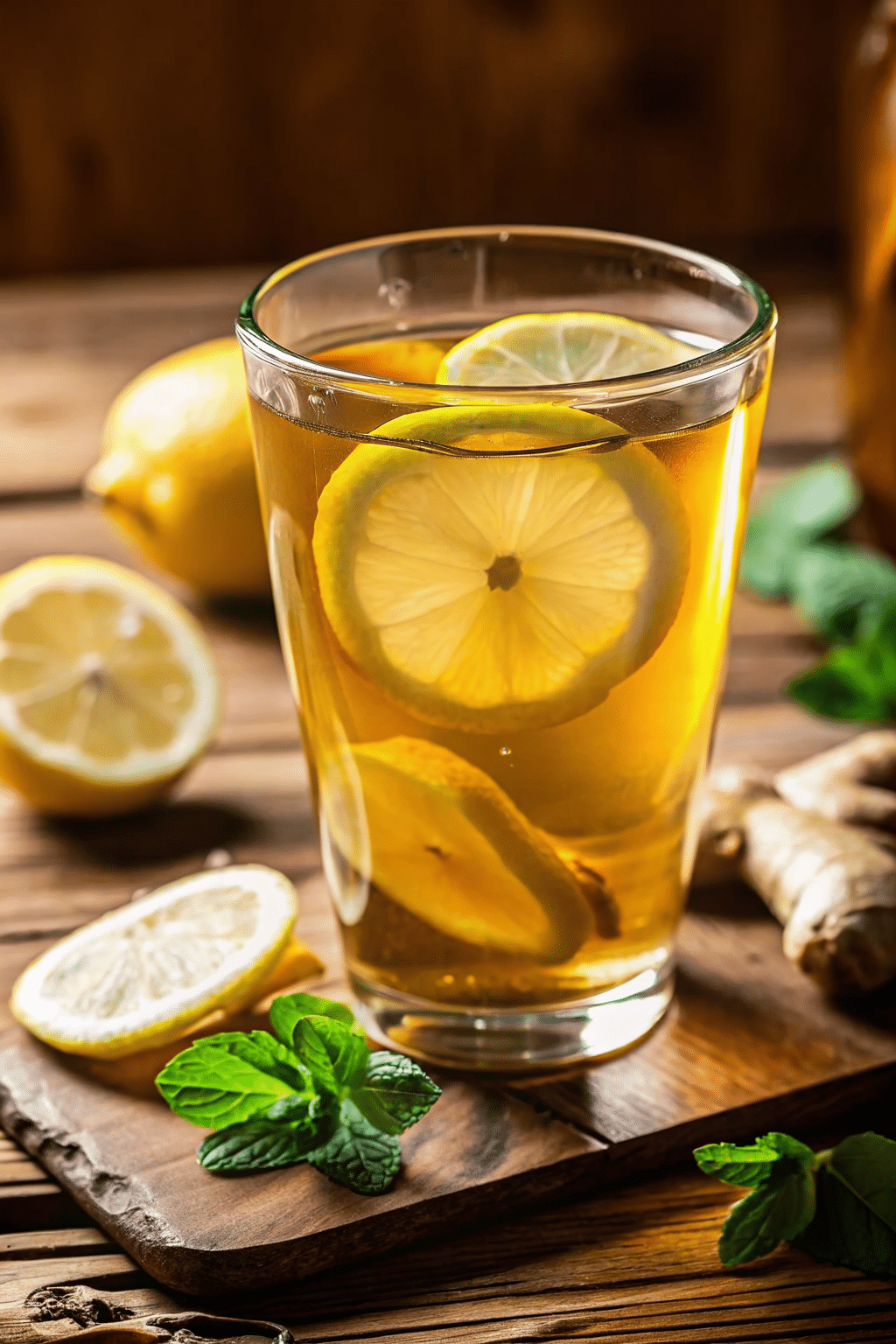
How it aids detox, metabolism, and digestion
I didn’t expect a homemade tea to work better than half the supplements I tried. But after drinking Japanese Mounjaro daily, I felt lighter, sharper, and more in control of my cravings. This drink doesn’t just taste good—it supports real health changes.
The detox effects started quickly. Umeboshi plum and kombu help flush out toxins naturally. I noticed less water retention within days. My skin looked clearer, and I didn’t feel sluggish after meals. The tea gently supports liver function, which plays a major role in processing waste and managing weight.
Matcha raised my metabolism in a way I could feel. I burned through morning tasks with more energy and fewer distractions. The natural caffeine in matcha combines with L-theanine, so I stayed alert without feeling tense. That balance helped me stay productive all morning.
Digestion became easier, too. Ginger and kombu worked together to reduce bloating and calm my gut. If I ate something heavy the night before, Japanese Mounjaro reset everything the next day. I stopped reaching for antacids or digestive pills. The tea handled it.
Even my kids benefited. I gave them a weak version after weekend takeout, and it helped with the upset stomach they sometimes get. It’s a relief to have a natural option that actually works.
Japanese Mounjaro works because every ingredient supports a key system in the body. It’s not just for weight loss—it helps your digestion, energy, and focus stay on track.
If you’re looking for a natural drink that supports fat-burning without synthetic compounds, try this Natural Zepbound Drink Recipe.
Immune support and anti-inflammatory effects
Once cold season hit, I kept Japanese Mounjaro in daily rotation. I added extra ginger when I felt the first signs of illness. That warmth in my throat told me it was already working. The antioxidants from matcha and umeboshi kicked in fast. I didn’t just avoid getting sick—I felt stronger while everyone else around me battled fevers and fatigue.
This drink reduces inflammation without harsh medications. Ginger targets swelling, joint pain, and gut inflammation. Matcha adds catechins that protect cells from damage. Kombu contributes iodine and magnesium, which support the immune system and help the body recover faster.
When I combined the tea with light meals and better sleep, I felt like I had a defense shield. I used to depend on vitamin packs and immune powders. Now I brew a cup of Japanese Mounjaro, and my body thanks me for it.
Whether you want to stay well during flu season or reduce joint aches after workouts, this drink delivers steady results. It supports your immunity naturally, using ingredients that your body recognizes and uses effectively.
PART 4: How to Make Japanese Mounjaro at Home
Step-by-step preparation instructions
I keep my kitchen stocked with the four core ingredients for Japanese Mounjaro so I can make it anytime. The prep takes five minutes. You don’t need advanced cooking skills—just a few simple steps.
First, gather everything you need. I use:
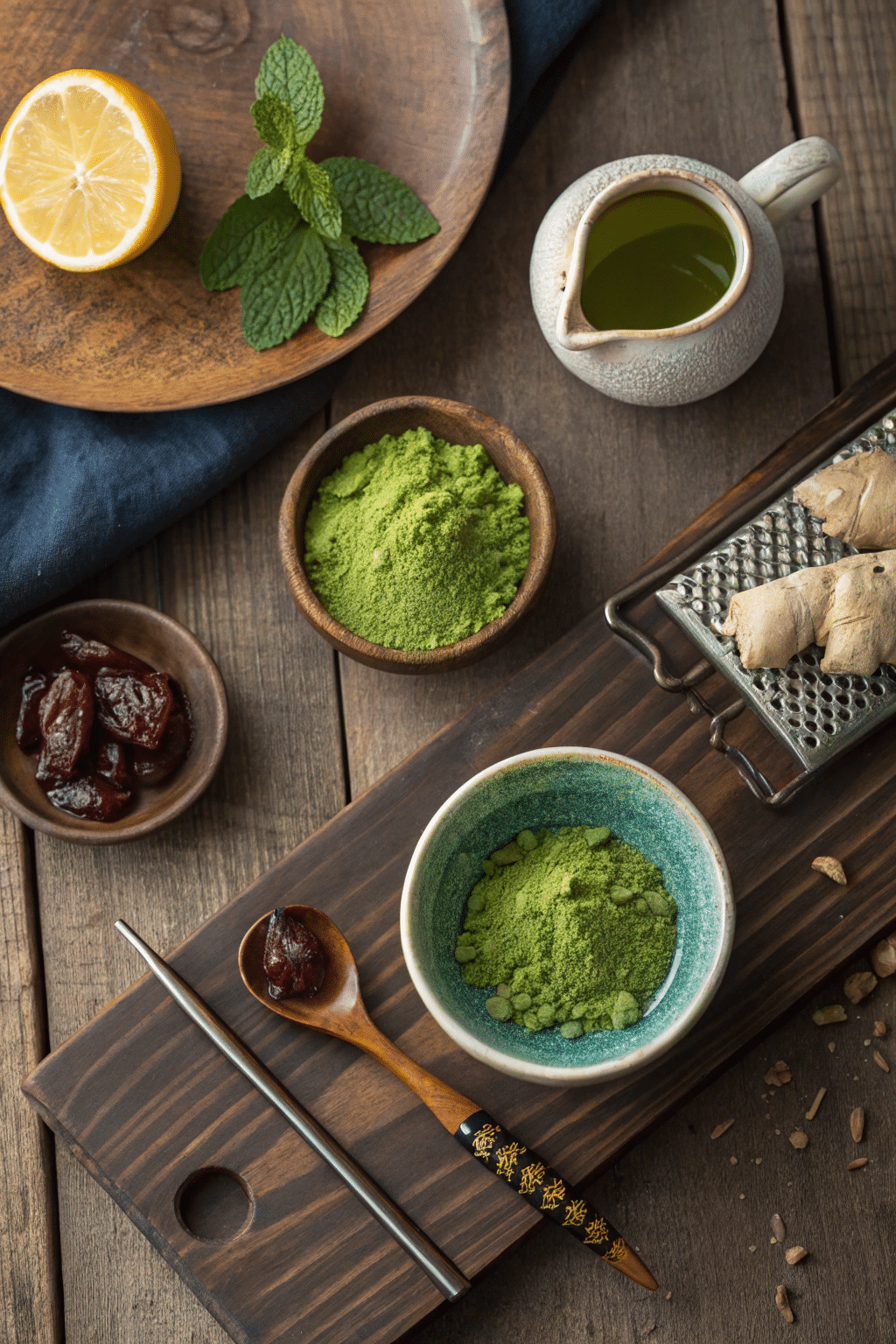
- 1 teaspoon of matcha powder
- 1 umeboshi plum (or 1 teaspoon of umeboshi paste)
- 1 small strip of dried kombu (about 2 inches long)
- 1 teaspoon of freshly grated ginger
- 1 cup of warm water (not boiling)
- Optional: a splash of lemon, a few mint leaves, or a teaspoon of raw honey
I heat the water until it’s warm—not boiling. If the water’s too hot, it ruins the matcha and kombu. I aim for about 170°F. If I boil the water by mistake, I let it cool for a minute before using it.
Next, I drop the kombu strip into the warm water and let it steep for five minutes. During that time, I whisk the matcha in a separate bowl using a bamboo whisk or small frother. I mix it until frothy and smooth. That step matters—it makes the final drink silky.
Once the kombu finishes steeping, I remove it and stir in the grated ginger and umeboshi plum. If I use the whole plum, I mash it first with a spoon. For a stronger flavor, I add extra ginger or a splash of lemon.
Finally, I pour in the frothed matcha and stir everything together. The drink looks earthy and green with a gentle tangy smell. If I want it cold, I pour it over ice and garnish it with mint.
That’s it. No blender. No straining. Just five ingredients and five minutes to a functional drink that supports my whole system.
Essential tools and recommended substitutes
You don’t need special gear to make Japanese Mounjaro, but a few tools make the process smoother. I keep these items close:
- Bamboo whisk (for better matcha blending)
- Ceramic bowl (ideal for whisking matcha evenly)
- Grater or microplane (to get fine ginger shavings)
- Small pot or kettle (with temperature control if possible)
- Fine strainer (if I use whole umeboshi with pits)
If you don’t have kombu, try wakame or dulse as a backup. Nori works in a pinch, but it won’t add the same mineral content. If you run out of umeboshi plum, use ume paste. You can also add a dash of apple cider vinegar for acidity, though the flavor changes slightly.
I’ve made this drink while traveling by using matcha sticks, dried ginger powder, and pre-cut kombu squares. The result still works. It’s not about perfection. It’s about consistency.
Once you learn the steps, you can prepare Japanese Mounjaro without even thinking. It becomes second nature—like brewing your favorite coffee, but cleaner and better for your body.
PART 5: Best Time to Drink Japanese Mounjaro
When to consume for optimal fat burn and focus
I drink Japanese Mounjaro first thing in the morning. It sets the tone for the rest of my day. The matcha wakes me up, but without the rough edge that coffee gives. My stomach feels settled, and I don’t feel hungry right away. That’s how I know it’s working.
Morning is the best time if you want to jumpstart your metabolism. I make mine right after brushing my teeth. The warmth and flavor help me feel awake before breakfast. On workout days, I drink it thirty minutes before training. It fuels me just enough to stay sharp and light.
Some afternoons, I hit a wall. That’s when I brew a second cup. I don’t want sugar or caffeine crashes, so I avoid snacks and reach for Japanese Mounjaro instead. It refreshes my mind, calms my digestion, and pushes me through work or errands without dragging.
You can also drink it before meals. I tested this and noticed less bloating and better digestion. My body processes food more efficiently. When I eat something heavy, this drink helps me avoid the sluggish feeling that usually follows.
Late evenings? Only if I cut the matcha in half. The drink still helps after dinner—especially if I’ve eaten salty or fried food—but I lower the caffeine for better sleep.
Whenever I choose to drink it, Japanese Mounjaro supports what my body needs. Energy. Clarity. Digestion. And none of the usual side effects that other energy boosters cause.
For another detox-friendly option similar to Japanese Mounjaro, explore the full Zepbound Recipe made with simple fat-burning ingredients.
Who benefits most from daily use
I recommend Japanese Mounjaro to anyone who wants real results without gimmicks. If you struggle with bloating, energy dips, or mental fog, this tea can help. It worked for me, and I’ve seen it work for my friends and family too.
If you follow a clean eating plan, this tea fits right in. It doesn’t rely on sugar, dairy, or additives. That makes it perfect for people on anti-inflammatory diets or low-carb lifestyles. My sister drinks it while intermittent fasting. It helps her curb hunger and stay focused.
Busy parents benefit a lot. I juggle meals, work, school pickups, and cleaning. When I add this drink to my day, I handle it all better. My focus lasts longer, and I don’t snap from low energy. Plus, it helps keep my digestion regular, which matters more than I realized.
Older adults love it for its gentle support. My dad started drinking it to ease his digestion after dinner. He says it beats antacids. It also gives him a little mental lift without messing with his blood pressure like coffee does.
Athletes and fitness lovers get results too. The drink helps with recovery and energy. The matcha, ginger, and kombu combo keeps everything moving—from metabolism to muscle repair.
If you want to feel better using real food, not fake fixes, Japanese Mounjaro makes it easy. You don’t need to be perfect. You just need to stay consistent.
PART 6: Variations and Customizations
Cold version, creamy matcha, and spicy twist
I don’t always want my Japanese Mounjaro hot. On summer mornings, I chill it. I brew it as usual, let it cool for ten minutes, then pour it over ice. That version feels refreshing and light. I garnish it with mint or a lemon slice when I want extra freshness.
Sometimes I turn it into a creamy latte. I whisk the matcha with oat milk instead of water, then stir in the rest of the ingredients. It turns thick, smooth, and satisfying. My kids call it “green milk.” I use unsweetened oat milk for myself, but they prefer almond with a bit of honey.
When I feel sluggish or need a reset after a heavy meal, I add a spicy twist. A pinch of cayenne pepper brings heat and an extra kick for circulation. I once tried cinnamon instead, and it gave the drink a cozy fall flavor. Both work, depending on your mood.
I’ve also used turmeric when I felt inflammation creeping in. It turned the drink golden-green and added an earthy tone. The ginger helps balance the spice. If you’re already a fan of golden milk or chai, this variation will hit the right note.
These tweaks don’t require big changes. I just adjust one or two elements based on how I feel. That flexibility makes Japanese Mounjaro something I can drink year-round, in every season, for any goal.
Need a simpler option for energy in the morning? Check out this 2-Ingredient Coffee Loophole Recipe that’s quick and surprisingly effective.
How to modify flavor for your taste preferences
At first, I found the umeboshi plum strong. If you’re new to fermented foods, use half a plum or start with paste. Once I got used to the sour-salty profile, I began to crave it. But if you prefer a milder tea, balance the flavor with raw honey or lemon juice.
For a tangier version, I add yuzu when I can find it. The sharp citrus flavor adds complexity without overpowering the matcha. If yuzu’s not available, lemon works great. Just squeeze it in at the end to keep the flavor fresh.
Mint works well for cooling the drink. I crush a few leaves and stir them in just before serving over ice. My kids love this one on hot days. It feels like a healthy lemonade without the sugar.
If you want it sweeter, raw honey is your best bet. I use half a teaspoon when serving guests or making a post-workout version. You can also try maple syrup, but I prefer the flavor of honey in this mix.
Once you’ve made the base recipe a few times, don’t be afraid to play. Taste it. Adjust. Experiment. Japanese Mounjaro gives you room to customize without losing the health benefits. That’s why I never get bored with it.
PART 7: Common Questions and Concerns
Does Japanese Mounjaro have caffeine or side effects?
Yes, Japanese Mounjaro contains caffeine. That comes from the matcha powder, which delivers a steady, clean energy boost. I noticed it helps me focus longer than coffee ever did. Still, if you’re sensitive to caffeine, reduce the matcha or use a half portion. That adjustment keeps the benefits without keeping you up at night.
Unlike energy drinks or espresso, matcha gives a slow, calm alertness. It doesn’t spike your heart rate. I’ve used it during workdays and even late afternoon without trouble, but I stop drinking it by 5 p.m. to sleep well.
Now about side effects. I haven’t experienced any, but you should still listen to your body. Kombu contains iodine. If you have thyroid concerns or take thyroid medication, talk to your doctor before drinking this regularly. Too much iodine could affect how your thyroid works. If that’s a worry, reduce the kombu or skip it on certain days.
Ginger and umeboshi might cause a little stomach sensitivity in rare cases, especially if you’re not used to them. If that happens, ease into smaller doses. Start mild, then build up as your body adjusts. Most people experience benefits within the first few cups.
If you’re pregnant, nursing, or on medication, it’s smart to check with your healthcare provider before drinking Japanese Mounjaro every day. Natural doesn’t always mean risk-free—especially when your health needs change.
Is it safe for thyroid or pregnancy concerns?
I get this question a lot. If you have a thyroid condition, kombu deserves a closer look. It’s rich in iodine, which supports thyroid function in small amounts. But too much can cause problems—especially if you take thyroid medication. I always recommend using a small strip and not drinking it more than once daily unless your doctor clears it.
Pregnancy changes how your body reacts to certain foods. I didn’t drink Japanese Mounjaro while pregnant because of the caffeine and iodine. That said, many women use ginger and umeboshi for nausea during early pregnancy. If that’s you, make a version without matcha or kombu. Just hot water, ginger, and lemon with a dash of umeboshi can be calming and safe.
Breastfeeding moms may also want to skip caffeine or reduce matcha to avoid overstimulating their baby. I made a non-caffeinated version using rooibos tea and still got the digestion support I wanted.
In short, Japanese Mounjaro works for many people, but your needs matter most. Always check if the ingredients match your current condition. With a few smart tweaks, you can still enjoy the benefits without risking your health.
PART 8: Real Reviews and Practical Tips
What real users say about results
When I first shared Japanese Mounjaro with my sister, she laughed. She thought it sounded like another “health trend.” But two weeks later, she called me and said, “Okay, I’m obsessed with this tea.” She lost the afternoon bloat, felt more regular, and noticed her cravings had dropped. Her energy stayed consistent, even without her usual second coffee.
My friend Dan started using it before workouts. He said it helped his focus during lifting and made post-meal digestion smoother. He doesn’t follow strict diets, but this drink fit right into his routine. No pressure, no rules—just results.
A reader of my blog emailed me saying she used Japanese Mounjaro during a cleanse. She didn’t expect much but stuck with it for five days. She wrote back saying, “I haven’t felt this light in months.”
I noticed the same thing when I first tried it. My mornings felt clearer. My stomach didn’t puff out after eating. I stayed full longer. I didn’t need to snack to stay awake. That was enough to convince me to keep going.
People don’t drink this just for weight loss. They use it to feel better. To stay calm. To get through the day without loading up on caffeine or sugar. Japanese Mounjaro supports that without needing to be perfect or strict.
Avoid common mistakes and flavor issues
If you’re trying this drink for the first time, keep the flavor balance in mind. Umeboshi plum tastes strong—salty and sour. If it’s too much, use just half a plum or a small spoon of the paste. That keeps the benefits but softens the bite.
The matcha matters. Low-quality matcha tastes bitter and flat. I once used cooking-grade matcha by mistake, and the whole drink tasted off. Invest in ceremonial-grade powder. It blends smoother and lifts the entire flavor.
Water temperature also makes a big difference. I once poured boiling water over everything and ruined the matcha. It turned bitter. Now I heat the water to 160–170°F and let it cool for a few seconds before using it. That preserves the nutrients and taste.
Some people skip the steeping step with kombu. Don’t. That five-minute steep draws out minerals your body needs. If you want a lighter taste, just use a smaller piece.
Final tip? Make it your way. Try it cold. Add honey. Use mint. Test yuzu. Japanese Mounjaro isn’t about doing it perfectly. It’s about doing what works for your body, one cup at a time.
FAQs About Japanese Mounjaro
What is a Japanese Mounjaro?
Japanese Mounjaro is a natural detox drink made from matcha, ginger, kombu (kelp), and umeboshi plum. It supports digestion, energy, metabolism, and overall wellness. You can drink it hot or cold and customize the flavor easily.
What is the Japanese secret to losing belly fat?
The secret lies in what they drink and eat. Japanese Mounjaro uses ingredients that reduce inflammation, balance digestion, and boost metabolism. Unlike fad diets, this approach focuses on gut health and natural energy, not starvation or pills.
What is a natural alternative to Mounjaro?
This recipe is the natural alternative. While the pharmaceutical version of Mounjaro targets weight loss through injections, Japanese Mounjaro supports similar goals through real, plant-based ingredients that work with your body gently.
Does natural Mounjaro drink really work?
Yes, especially when you drink it consistently. I noticed less bloating, better focus, and smoother digestion within a few days. It won’t work like a drug, but it gives steady, real results without risks or side effects.
What is the drink that mimics Mounjaro?
This tea does. It mimics the benefits of synthetic weight-loss solutions using whole foods: matcha for energy, ginger for digestion, kombu for minerals, and umeboshi for gut balance. Together, they support fat-burning and daily wellness.
How did Kelly Clarkson lose weight?
She didn’t mention Japanese Mounjaro directly, but she focused on clean eating and smarter choices. A drink like this would easily fit into that kind of lifestyle because it aligns with natural metabolism support and better digestion.
This celebrity-backed coffee trick also focuses on natural metabolism boosters and clean energy—just like Japanese Mounjaro.
Conclusion: Why Japanese Mounjaro Belongs in Your Routine
I’ve tried dozens of wellness drinks. Only one became a habit. Japanese Mounjaro didn’t just help me feel better—it gave me control over my day. No bloating. No crashes. No guilt.
This recipe fits every kind of schedule. I drink it before work, after meals, and sometimes just because it feels good. It tastes earthy and alive. When my kids ask for their iced version, I know it’s not just hype—it’s real.
You don’t need perfection. You just need consistency. Brew a cup, make it yours, and see what happens. If your gut feels off, or you’re tired of chasing energy from the wrong things, this drink offers something honest.
You won’t find magic in a bottle. But you’ll find balance, focus, and lightness in a cup of Japanese Mounjaro. That’s a routine worth building.

